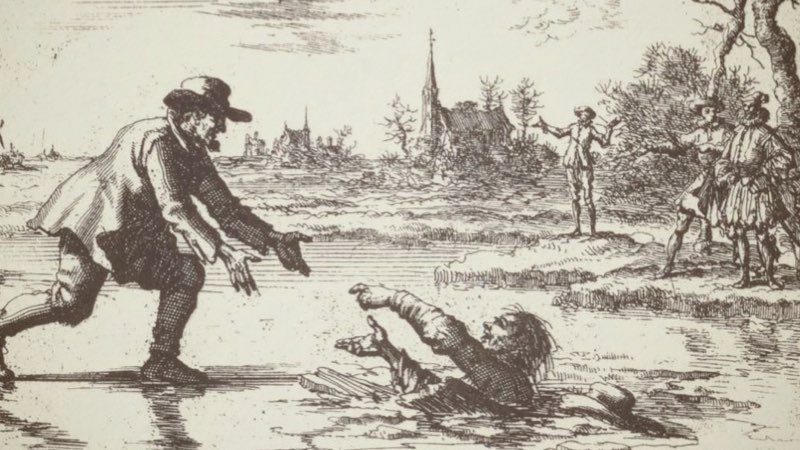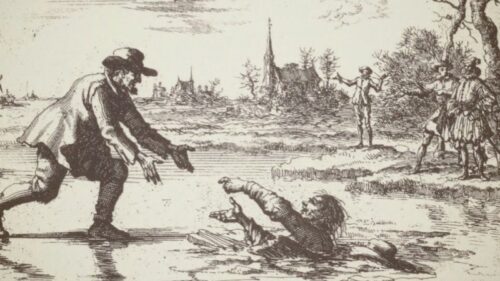
7. Of Personal Succession
Personal Succession
As a great building, house, or castle, can be considered, firstly, with regard to it as a whole, and, secondly, with respect to its different parts, so also the whole church of Christ can properly be considered: firstly, in the whole or in general, as comprising all the congregations in the whole world, which have in common the most holy faith, and the practice, which, according to God’s holy Word, must follow therefrom; secondly, in any particular part of the same, as, this or that church which is in accord with it, as for instance, the church at Amsterdam, Harlem, Dort, etc.
Likewise there is also (or, certainly can be) a twofold personal succession: (1) a general, (2) a particular one. By the general is understood that succession, which has been, in general, throughout the whole world, through a succession of true teachers, whether few or many, according to the opportunity of the times; who have rightly taught the truth, and propagated it according to their ability; concerning which (touching their doctrine, especially in regard to holy baptism, etc.) we have shown, which the true succession is, which, together with the observance of all the other commandments of Jesus Christ, is recognized by us, according to the promise of the Lord given to the true teachers, Matt. 28:20.
By the particular succession is understood the succession of teachers, from person to person, in a particular church, at a separate place, and sitting on a throne prepared for this purpose, as for in- stance, at Constantinople, of which the Greeks boast; but principally at Rome, about which the Latins, that is, the papists, make a great ado. But concerning this there is no promise, law, or commandment to be found in the whole Gospel, and we, therefore, pass on. [The twelve tribes of Israel, considered as a whole, were but one church; but with respect to certain parts who had remained on the other side of the Jordan, namely, Reuben, Gad, and the half tribe of Manasseli (Josh. 22 :l-5); the tribes of Judah and Benjamin, who dwelt in Jerusalem, and formed also a part; and the residue of the multitude of Israel, who dwelt by the cities of Samaria, it could very properly be said, that Israel consisted of three churches: (1) on the other side of Jordan; (2) at Jerusalem; (3) in Samaria, etc. Even so there is but one church, which, keeping the true faith, is scattered over many places; but with respect to the multiplicity of places where they dwell, they may be called “many churches.”]
Thieleman J. Van Braght (1625-1664) was an Anabaptist who is best known for writing a history of the Christian witness throughout the centuries entitled “The Bloody Theater or Martyrs Mirror of the Defenseless Christians who baptized only upon confession of faith, and who suffered and died for the testimony of Jesus, their Saviour, from the time of Christ to the year A.D. 1660” (1660).
Thieleman J. Van Braght, Martyrs Mirror




